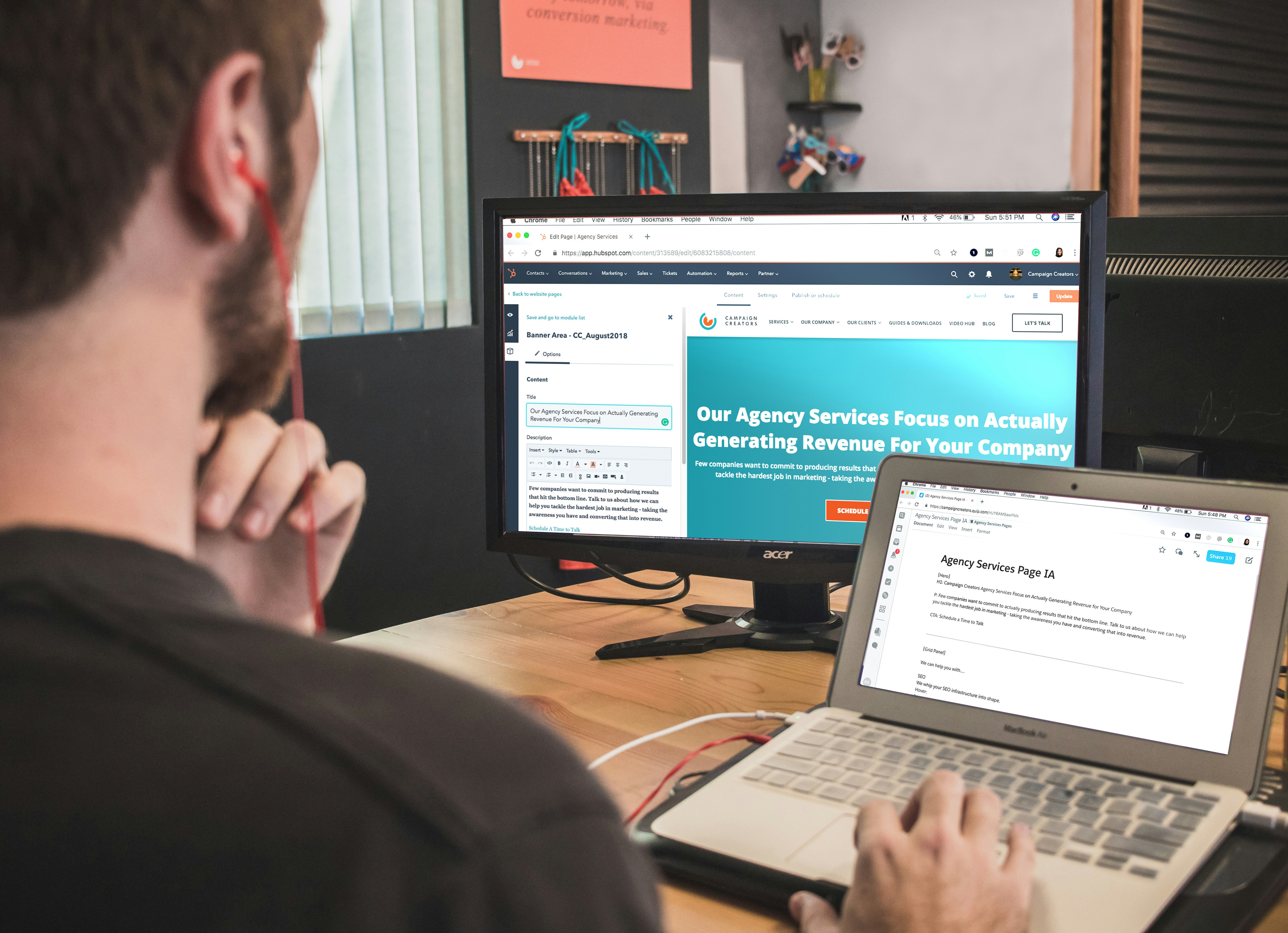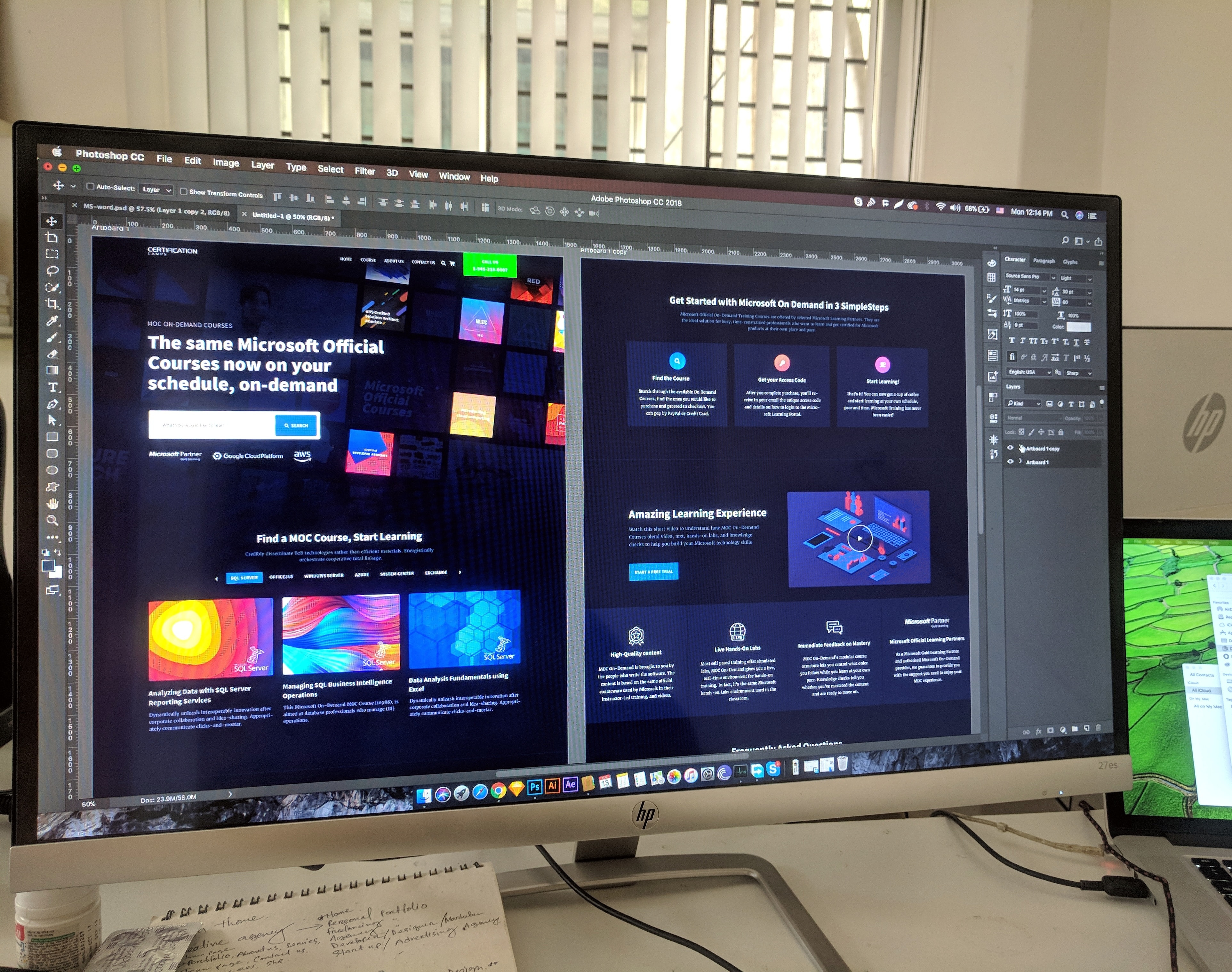Web Development for E-Commerce
Web Development for E-Commerce
Oct 18, 2024
Said Aidogdu
Website Development for E-Commerce
In today's digital landscape, e-commerce has emerged as a powerful avenue for businesses to reach consumers. Selling online has changed how companies operate. It lets them reach a global market. This article explores e-commerce website development. It offers insights on building a site that meets the needs of both businesses and customers.
What is E-Commerce Website Development?
Understanding E-Commerce Websites
E-commerce website development is creating an online platform. It allows businesses to sell their products and services directly to consumers. An e-commerce website's main purpose is to enable online shopping. It should let customers browse, select, and buy items easily. These websites are virtual storefronts. They showcase products, provide details, enable secure transactions, and engage customers. As the digital economy grows, e-commerce is key to success. So, any business must know how to build an e-commerce website.
Key Features of an E-Commerce Website
A successful e-commerce website has key features. They improve its functionality and user experience. A robust shopping cart is crucial. It must let customers add products, view their selections, and check out seamlessly. Also, secure payment gateways must be integrated. They ensure safe, reliable transactions. Another important feature is a user-friendly interface. It simplifies navigation and product search. This makes it easy for users to find what they want. Also, good content management systems (CMS) are vital. They manage product listings, inventory, and customer data efficiently. Finally, responsive web design optimizes the e-commerce site for mobile devices. It accommodates the growing number of users who shop via smartphones and tablets.
Benefits of Developing an E-Commerce Website
The benefits of developing an e-commerce website extend beyond mere online presence. An online store lets businesses reach a wider audience. It breaks the geographical limits of traditional retail. E-commerce platforms are always available. Customers can shop anytime. This boosts sales. Also, e-commerce sites can use data analytics to understand consumer behavior. This enables targeted marketing strategies that boost customer engagement. Also, running an online business often costs less than a physical store. So, e-commerce is a cheap option for many entrepreneurs. An e-commerce site can boost revenue, brand visibility, and growth.
How to Build an E-Commerce Website Using Shopify?
Step-by-Step Guide
Using Shopify to build an e-commerce site is a good choice for businesses. It is an easy way to establish an online presence. It starts with signing up for a Shopify account. This gives access to a user-friendly interface. After picking a plan, users can choose from various, customizable templates. They must match their brand. Next, we must add products to the ecommerce site. Include detailed descriptions, high-quality images, and pricing. The next step is to set up payment gateways and shipping options. This will ensure customers can complete purchases securely. Once the site has products and is ready, businesses can launch their online store. They can then promote it through various marketing channels.
Shopify vs. Other E-Commerce Platforms
For e-commerce website development, Shopify is the best platform. It is easy to use and has many features. Unlike custom e-commerce solutions, Shopify is easier to use. It has a drag-and-drop interface, so no web development skills are needed. Also, Shopify has built-in tools for SEO, marketing, and analytics. They help users manage their online business. Other platforms, like WooCommerce and Magento, allow for customizations. But, they have a steeper learning curve and need more technical skills. Ultimately, the choice between Shopify and other platforms depends on the business's needs and its technical support.
Best Practices for E-Commerce Web Design on Shopify
Effective web design is integral to the success of an e-commerce website on Shopify. Best practices include a clean, appealing layout. It should highlight products without overwhelming users. Utilizing high-quality images and engaging product descriptions can significantly enhance the user experience. Also, a simpler navigation helps customers find products quickly. This improves conversion rates. A mobile-first design is essential. Many people shop online on mobile devices. Finally, it's crucial to optimize the website for speed. Slow-loading pages can cause high bounce rates and lost sales. These best practices will help businesses create a successful e-commerce site. It will convert visitors into customers.
What Are the Options for Building an E-Commerce Website?
Custom Development VS Website Builders
Businesses must choose between custom development and e-commerce site builders, like Shopify or Wix. Custom e-commerce websites are highly flexible and scalable. They let businesses tailor their online store to their needs. But, the development process can be time-consuming and costly. It needs skilled web developers. On the other hand, website builders are a faster, cheaper way to get online. They suit those without much technical knowledge. They have limited customization. But, they are ideal for small businesses that want to quickly launch an e-commerce site.
Popular E-Commerce Platforms
Small businesses have a plethora of options when choosing an e-commerce platform. Shopify, WooCommerce, and BigCommerce are top e-commerce platforms for small businesses. Shopify is famous for its easy-to-use interface and powerful features. It is a great choice for new online sellers. WooCommerce is a WordPress plugin. It lets users customize their site. It's ideal for businesses with an existing WordPress site. BigCommerce is another contender, providing advanced built-in features that cater to growth-oriented businesses. Each platform has unique advantages. So, small business owners must evaluate their needs before choosing.
Cost Considerations
Cost is a key factor in developing an e-commerce website. Different options have different prices. Custom e-commerce development usually has high upfront costs. It requires skilled developers and designers. Additionally, ongoing maintenance and updates can add to the overall expenses. In contrast, website builders like Shopify use subscription pricing. It can be more manageable for small businesses. These platforms may have fees. But, they include hosting and support in the monthly fee. This simplifies budgeting. Ultimately, businesses must assess their finances and goals. They should consider the costs of e-commerce website development.
How Does User Experience Impact E-Commerce Website Success?
Importance of User Experience
User experience (UX) plays a pivotal role in the success of an e-commerce website. A good user experience builds trust and satisfaction. It encourages customers to return for future purchases. Conversely, a poor UX can deter potential buyers, leading to lost sales and decreased brand loyalty. Key elements of user experience are navigation, load times, and appeal. By prioritizing user experience, businesses can create a smooth shopping journey. This will boost customer satisfaction and drive conversions.
Elements of Good User Experience
Several elements contribute to good user experience in e-commerce websites. First, intuitive navigation is crucial. Users must find products easily, without confusion. Secondly, fast loading speeds are essential. Delays can frustrate customers and cause cart abandonment. Also, clear calls to action guide users in the buying process. This increases the chance of conversion. Offering multiple payment options improves the user experience. It caters to diverse customer preferences. Lastly, a responsive design makes the e-commerce site work well on all devices. This maximizes accessibility for all users.
Tools and Techniques to Enhance User Experience
To improve e-commerce user experience, businesses can use various tools and techniques. A/B testing is a valuable method. It finds which design elements users prefer. It allows for data-driven decisions. Heatmaps can show user behavior. They reveal where visitors spend the most time and where they lose interest. Also, chatbots can help customers right away. They can answer questions and guide users through the buying process. Regularly seeking customer feedback can find areas for improvement. It ensures the website meets users' needs.
FAQs About E-Commerce Website Development
How Long Does It Take to Develop an E-Commerce Website?
The timeline for an e-commerce website can vary based on the approach. Custom e-commerce development may take months due to its complex design and functionality. A site builder like Shopify can launch a store in days or weeks, depending on the needed customization. The product catalog size and required features affect the timeline. So, businesses must plan accordingly.
What Are the Essential Features for an E-Commerce Site?
An e-commerce site must have a few key features. It needs a user-friendly interface, secure payment processing, and a strong shopping cart system. Additionally, effective product categorization and search functionality are vital for enhancing user experience. Integrating social media and email marketing tools can boost customer engagement and retention. Also, analytics tools are vital for tracking performance and user behavior. They help businesses make informed e-commerce decisions.
How to Optimize an E-Commerce Website for Mobile Devices?
It's crucial to optimize an e-commerce site for mobile devices. More consumers are shopping on their smartphones and tablets. First, a responsive web design makes the site fit any screen size. Also, simpler navigation and fewer clicks can improve the mobile user experience. Also, optimize images and reduce load times. This is vital to prevent frustration for mobile users. Lastly, mobile-friendly payment options, like digital wallets, can speed up checkout. This can boost conversions on mobile devices.






















